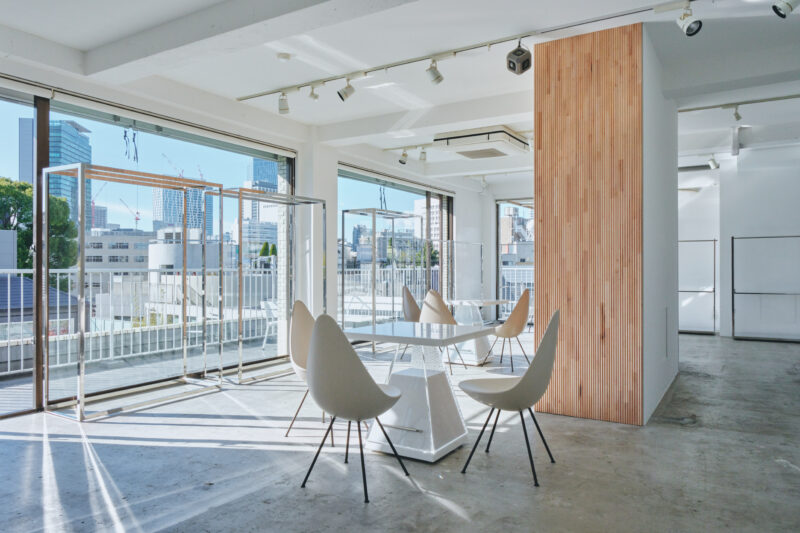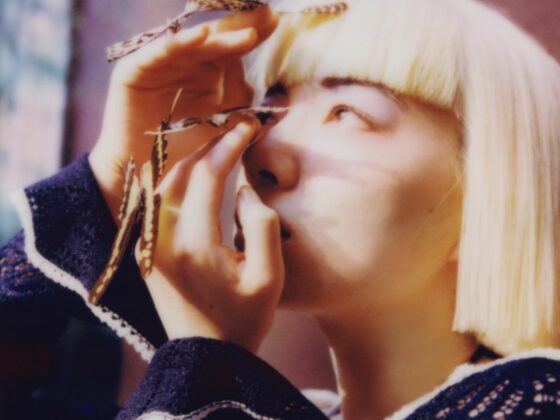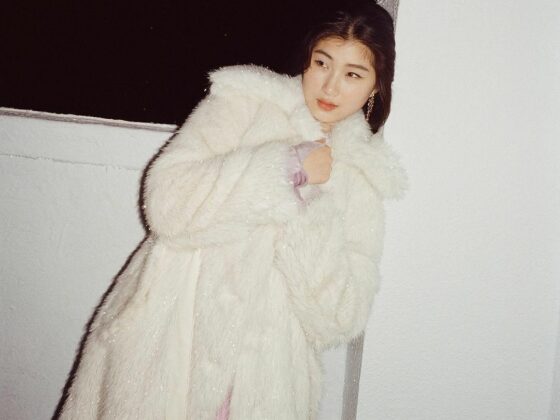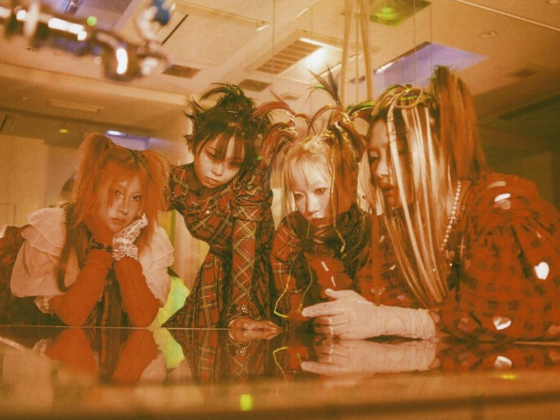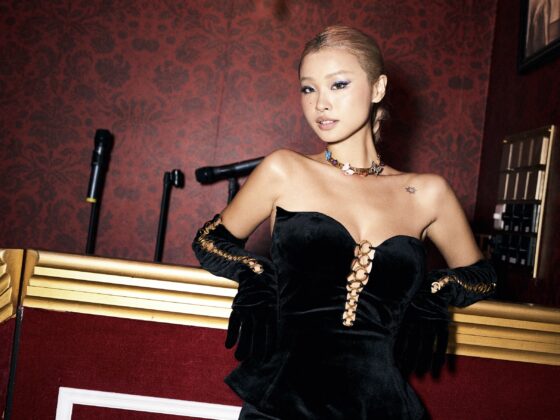After experiencing the inner workings of major brands, Ken realized he wanted to create something that would allow him to connect directly with designers and truly understand their inspirations. This vision led to the founding of ON TOKYO SHOWROOM, an agency that provides full-spectrum support to brands, from PR to sales. With comprehensive services, galleries in both Japan and Los Angeles, and a focus on fostering direct communication between designers and their audiences, the showroom helps both emerging and established brands navigate the Japanese and international markets.
In this issue of ASIAN VOICE, Ken shared his insights on the differences between the Japanese and international markets, as well as some of the exciting projects he’s currently working on.
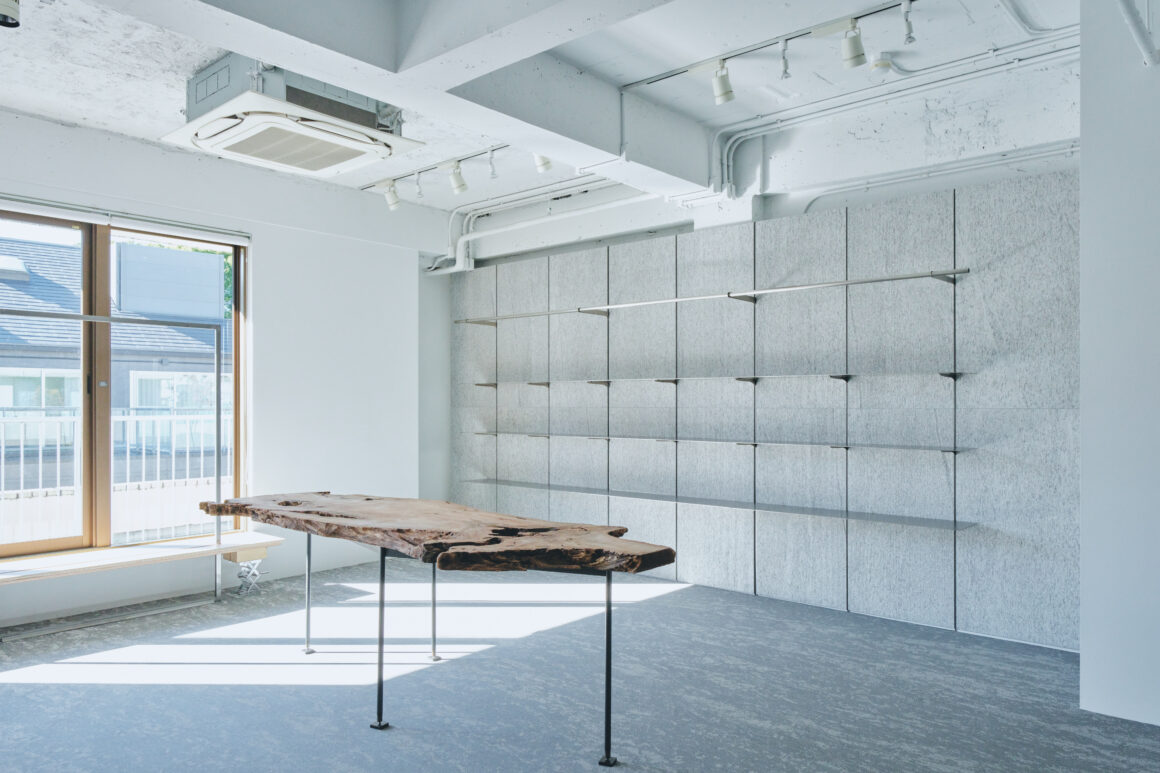
Could you tell us about the founding history of ON TOKYO SHOWROOM?
Ken: We were established in February 2016. After returning to Japan from London at the age of 27, I worked for a distributor of apparel brands called Eastland. I was involved with wholesale for brands like Rick Owens, Pierre Hardy etc…, followed by being a wholesale manager at Balenciaga. However, I became frustrated with the lack of direct communication with designers at larger brands. I decided to start my own company to support smaller brands where I could directly communicate with designers. That’s how ON TOKYO SHOWROOM came into being. Our company’s focus is to support young designers who are still unknown and grow together with them.

How do you feel about the difference between young designer brands and major brands?
Ken: At large brands, I feel that the customer’s voice is not always directly reflected to the designers. With smaller brands, it’s easier to exchange ideas directly with designers and incorporate customer needs into the design. In larger companies, opinions often only reach the designer through the sales team, so I really understand the importance of direct communication with the designer.
What do you consider to be the strengths of ON TOKYO SHOWROOM?
Ken: Our strength is that we can provide consistent support in both sales and marketing. We started out as a sales company, but over time, we’ve expanded into marketing and online operations in response to brand requests. For example, when it comes to lending products, we don’t just lend them out; we also provide advice on strategies to make them sell and offer the best approach from a sales perspective. The smooth coordination between us and the brands, as well as having a single point of contact, is a big advantage for the brands we work with.

What do you think are the common traits of successful brands in both the Japanese and international markets?
Ken: The Japanese market is unique in that there are many select shops compared to other countries, and businesses can thrive even in regional areas. The strong relationship with select shops and the ability to establish a solid presence in the local market are key to success in Japan. On the other hand, for overseas markets, for example, French brands can’t rely solely on their domestic market and must expand internationally. Ideally, brands should first solidify their base in Japan and then aim for international expansion.
What activities have you undertaken regarding brand collaborations between Japan and overseas?
Ken: We have galleries in both Tokyo and Los Angeles, and we’ve held many events connecting Japanese brands with overseas media and buyers. For example, we’ve hosted collaborations collaborations between fragrance brand Kunryu and Japanese sculptor Nagare Masayuki. and in Korea, we’ve held exhibitions introducing Japanese brands to local buyers. In these events, we don’t just showcase clothing; we also incorporate lifestyle items and art elements.
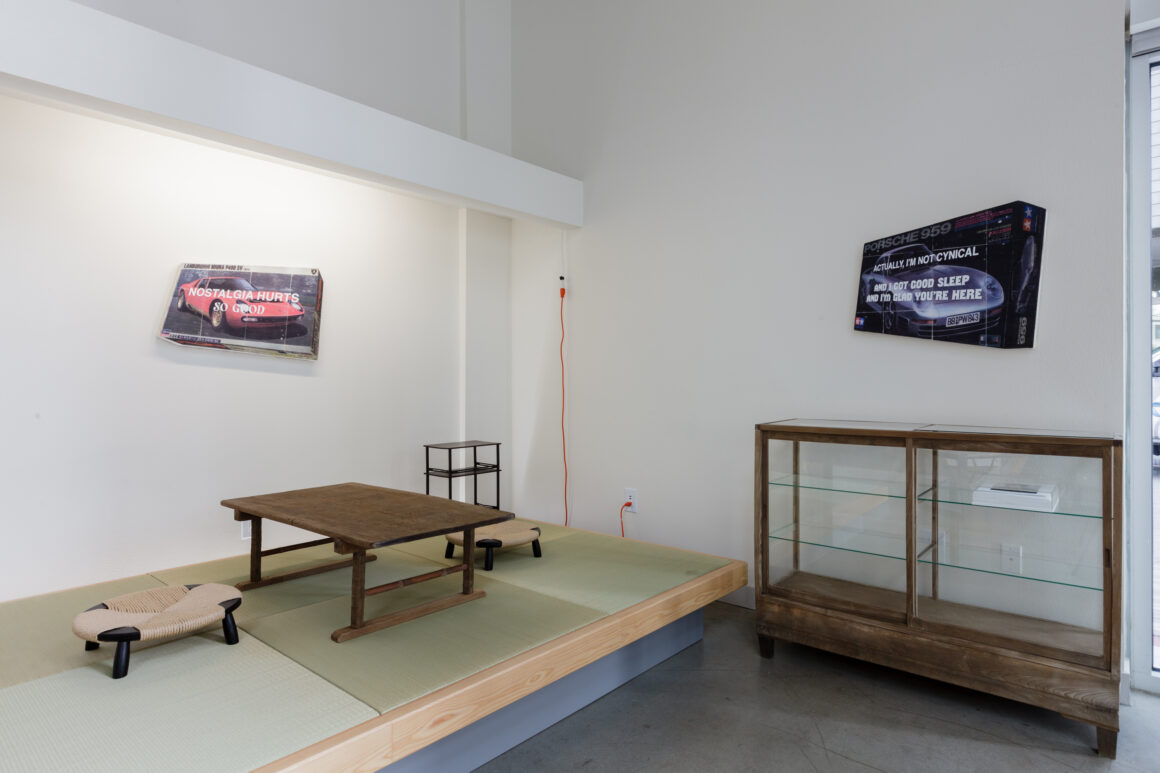
Are there any brands or designers you’re particularly interested in for the Japanese market?
Ken: Recently, we’ve been paying attention to to young brands like Bibliotherk, who we manage wholesale for. It’s a menswear brand designed by a 26-year-old, and we’ve already started distributing it at stores. We’re also watching Natural Instinct, a Japanese Silver Jewelry brand that’s growing in global popularity, especially strengthening its presence in the Japanese market.
What challenges do you think Japanese brands are facing?
Ken: I think the celebrity-driven business model is difficult in Japan. In places like Korea or China, products can sell well if celebrities wear them, but this strategy doesn’t seem to work as effectively in Japan. For designer brands, the key to success is steady effort and maintaining close communication with select shops. In Japan, if you communicate effectively, success becomes much easier, which is, in a sense, a strength of the Japanese market.


What are your future plans, and what areas do you want to challenge next?
Ken: In the future, I’d like to provide even more diverse content through our galleries and events, both in Japan and abroad. For instance, we’re planning an event that merges Japanese traditional culture, like bonsai, with art, and we’re also considering creating a community space. By expanding into new lifestyle-related projects, we hope to provide valuable experiences to a wider audience.
By expanding into new lifestyle-related projects, we hope to provide valuable experiences to a wider audience.




